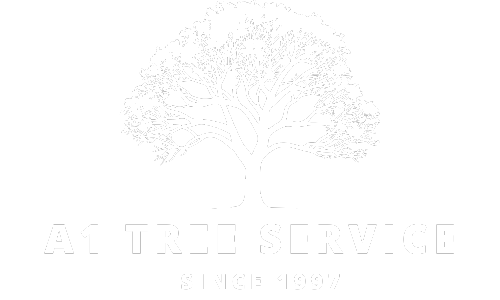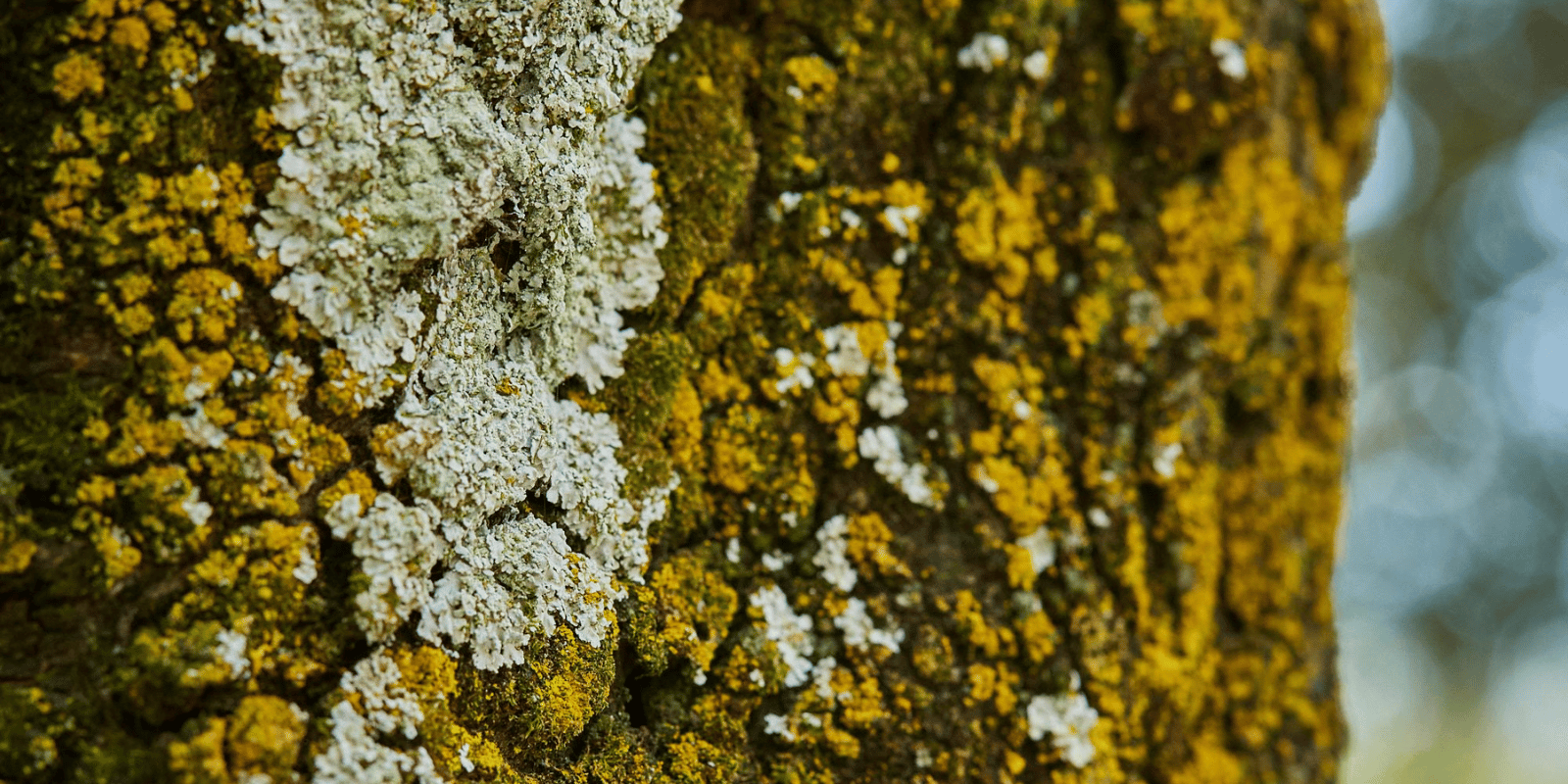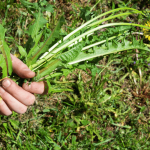You may encounter lichen if you have observed gray-green spots or crusty growths on your trees. Although it may sound strange, lichen is not bad for your trees. Nevertheless, most homeowners want to remove it because of aesthetic purposes or enhancing the health of the trees.
In this guide, you will learn what lichen is, why it grows on trees, and how you can safely remove it without destroying your trees.
What Is Lichen?
Lichen is a symbiotic association of a fungus and an alga (or in some cases a cyanobacterium). The fungus gives the structure, whereas the algae or bacteria carry out photosynthesis to produce food.
The lichens may be of many different types and colors– gray, green, blue-green, yellow, even orange, and they are commonly found on tree bark, rocks, roofs, and even fences.
Common Types of Lichen on Trees
Foliose Lichen- Frequently peeled off bark easily
Crustose Lichen- Hard and crusty, which grows close to the bark
Fruticose Lichen- Branch-like or hair-like structures that are suspended on branches.
Is Lichen Harmful to Trees?
The most frequently posed question by homeowners is: Will lichen kill my tree? The good news is that no, lichen does not cause damage to trees.
Lichens do not feed on the tree but merely use it as a medium to grow on. They do not creep inside the tree and suck the nutrients out of it.
In some cases, however, the heavy lichen growth may mean that the tree is either stressed or not growing well. The reason is that lichen is likely to grow well where there is a lot of light and moisture- but not so much leaf growth or coverage of the canopy.
Thus, lichen in itself is not bad but it can be an indicator that your tree demands additional treatment.
Why Does Lichen Grow on Trees?
Understanding what attracts lichen can help you prevent it in the future.
Sunlight Exposure
Lichen likes areas where sunlight reaches the bark directly. Light canopies or pruning, which permits more sunlight to penetrate to branches, may stimulate lichen growth.
Moisture and Humidity
Lichen grows in dark and wet places, so many areas in the United States, particularly in coastal and southern areas, will see lichen.
Poor Tree Health
A weak, diseased, or old tree may have thin bark and less leaf cover, which provides a more favorable environment to grow lichen.
How to Remove Lichen from Trees Safely
If you have chosen to remove lichen because of cosmetic purposes or because you want to keep a closer eye on the health of your tree, then you have to make sure that you do it properly and without causing harm to the tree.
Step 1: Gather Your Supplies
You’ll need:
- A brush (wire brushes are not required) with soft bristles
- A bucket of water
- Mild soap or water and vinegar solution
- Protective gloves
- A ladder (for taller trees)
Tip: Do not use harsh chemicals or pressure washers- these may cause destruction of the bark and have long-term effects.
Step 2: Clean the Affected Area
Mix Your Solution:
Add a drop or two of light dish soap to warm water or one part white vinegar to one part water.
Apply Gently:
Pour the solution onto your soft brush or cloth, and rub on to the lichen. Be careful not to scrub it too hard, as the tree bark is very sensitive.
Rinse and Repeat:
Wash the tree bark with clean water, and repeat.
Allow It to Dry Naturally:
Let the tree air dry. Never seal or paint the bark later as trees need to breathe via the bark.
Step 3: Encourage Tree Health
Because lichen has been known to grow well on stressed trees, a natural way of reducing lichen over time is by improving the overall health of your tree.
Here’s How:
Cut Dead or Weak Branches: When pruning is done properly, it promotes air movement and equilibrium of light.
Water Correctly: Water deeply and not too often–the majority of trees like deep, infrequent watering.
Fertilize as Needed: In the spring, a balanced tree fertilizer should be applied to stimulate new growth.
Mulch Around the Base: A layer of organic mulch assists in retaining the moisture and keeping away weeds.
The new growth of bark and leaves on trees will be more active and can deter the lichen from coming back.
Alternative Methods to Control Lichen
If the lichen hasn’t completely come off after cleaning it manually, you may use these other options.
Lime Sulfur Spray
Arborists tend to use lime sulfur to control fungi and lichens. Its application must be done in late winter or early spring when the tree is dormant.
- Never disregard the instructions of the manufacturer.
- The spray should not be sprayed in the hot or humid weather, which may cause damage to the foliage of the tree.
Copper-Based Fungicide
Lichen growth can be also reduced with the help of a copper-based fungicide. Timing and dilution are again important, as excessive copper will kill bark and leaves.
Note: These chemical treatments are not to be applied widely, and should not be applied to ornamental trees or high value trees. With most backyard trees, tree cleaning and proper maintenance are required by hand.
Preventing Lichen Growth in the Future
Prevention is always better than cure.
Once your trees are clean and healthy, follow these steps to keep lichen at bay:
Encourage Air Movement: Do not crowd trees and bushes.
Frequent Pruning of Trees: Have a healthy canopy.
Monitor Tree Health: Be aware of any disease or nutrition shortages.
Clean Periodically: If lichen recurs, lightly clean infected areas once or twice a year.



